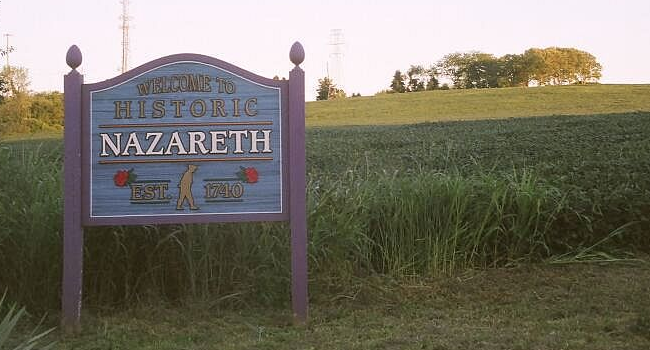
In this second column, I am speaking to my good neighbor, Mrs. Catherine Csencsitz. Her parents’ family had roots in the anthracite coal industry in Nanticoke, Pa.
Her father, John Swiderski, left the bus he was driving and enlisted in the U.S. Army in 1940. In our last column, we wrote about his assignment when he spent 27 months in Iceland with a unit of Army engineers who were trained in modern construction techniques.
In 1943, the unit was transferred to Great Britain. Why were they sent to Britain? Slowly, meticulous preparations were being made in secret for the largest sea invasion in history.
Bases were constructed to house massive amounts of supplies, tanks, planes, weapons and construction equipment. They constructed mock concrete beach obstacles similar to what the Germans had placed on the shore line of France. The reason: How can they be destroyed rapidly and in an efficient manner during the invasion?
They constructed water purification plants and sharpened the engineers’ bridge-building skills with very intensive training. Gen. Dwight Eisenhower, supreme commander of Allied Forces Europe, would lead the mammoth operation.
The men, planes, tanks and the tools were assembled for the fateful day, D-Day, June 6, 1944.
The largest fleet ever assembled – probably never to be seen again, 5,000 ships – carried out the operation. Sgt. Swiderski would never forget the scope of the invasion. The 5th Engineers landed June 26, 1944, in Normandy on Utah Beach, which had been won with great loss of life.
Before construction could start, the areas had to be clear of land mines; they seemed to be everywhere. They were cleared with loss of life and limb. It was then time to replace all the bridges the German Army destroyed on their withdrawal.
One of the most famous was Remagen Bridge over the Rhine River, gateway to Germany.
In December 1944, Staff Sgt. John Swiderski and his unit were in the Ardennes forest in Belgium, at a road center in the town of Bastogne. To everyone’s surprise, the Germans launched their last full-scale attack on the western front in World War II. Two Panzer armies surrounded Bastogne and demanded surrender of the American army. Gen. Anthony McAuliffe gave his famous reply: “Nuts.”
When the skies cleared, the Allied Air Forces and Gen. Patton’s Third Army broke the siege. Sgt. Swiderski recalled the bitter, miserable, cold weather and the furious battle that killed 8,000 soldiers and wounded thousands.
The German western front was shattered. Allied forces rolled into Germany. The soldier recalled May 8, 1945, the day Germany surrendered – V-E Day. The war in Europe was over, but it still raged in the Pacific.
Sgt. Swiderski had spent more than four years away from his Nanticoke home. After a long trip across the Atlantic, he finally saw the harbor of New York City. The Statue of Liberty welcomed our servicemen and women home at last.
John would be mustered out of the U.S. Army May 30, 1945, at Fort Dix, N.J. The former bus driver now boarded a bus for the trip home. Soon, there it was – good, ol’ Nanticoke, Pa. The neighborhood looked the same, and his family and neighbors welcomed one of Nanticoke’s sons home from the war.
In two weeks, we will be driving to the Philadelphia Navy Yard. It is 1942.








